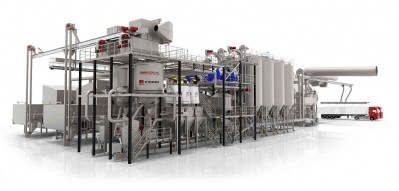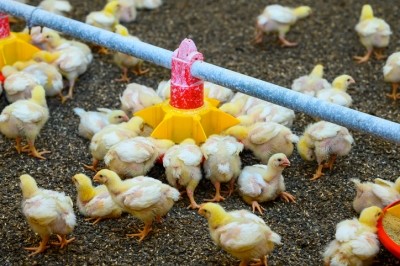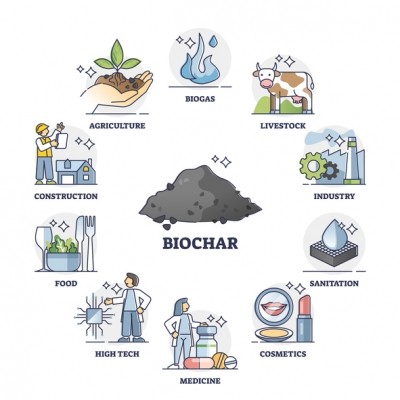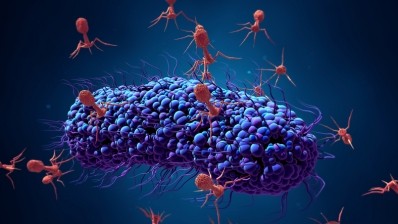3 key findings to heighten Salmonella control in US poultry feed production
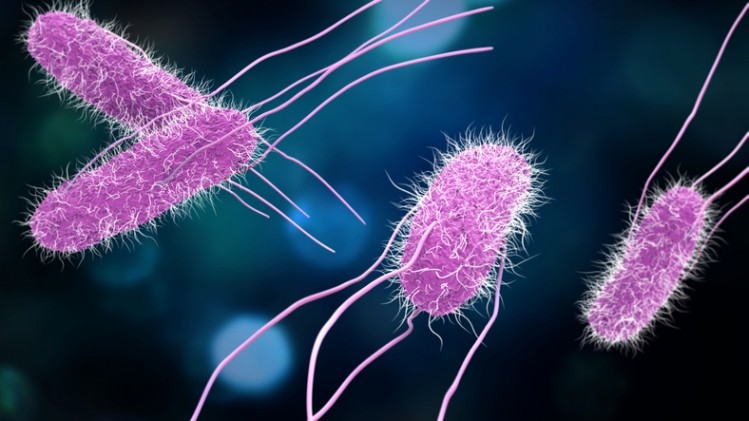
Not only is Salmonella a hazard in foods for human consumption, it is also a major microbial hazard in manufactured feeds and it is difficult to control the pathogen in raw feed ingredients, say the authors of a new study, published in the Journal of Applied Poultry Research
The team, based at the West Virginia University, noted that numerous serotypes of Salmonella spp. have been isolated from US feed mills, with Braenderup, Orion, Heidelberg, Infantis, Tennessee, and Kentucky being detected previously (Shariat et al., 2020).
And they outlined how contamination of Salmonella in feed lacks uniformity, and to reach accurate conclusions, mills often require hundreds of samples to assess feed contamination levels, as noted by Jones and Richardson, 2004.
Also the ability of Salmonella to survive in dry environments enables it to remain in feed mills for extended periods of time, increasing chances of cross-contaminating into future batches of feed, said the team, citing research by Jones, 2011.
“The lack of accepted recommendations for pelleting and industry microbial safety standards could possibly allow for pathogen contaminated feed to be produced (Cutlip et al., 2008). Previous research investigating the use of differing steam conditioning temperatures, conditioning times, antimicrobial inclusion, and feed mill equipment have shown promise for reducing the bacterial load of pelleted poultry feed (Boney et al., 2018; Boltz et al., 2019).
"However, limited studies have focused on modeling of microbial inactivation and estimating the D- and z-values for poultry feed during heat treatment to accurately predict Salmonella thermal inactivation," commented the authors.
Goals
The aim of their study, then, was to determine a suitable microbial inactivation model for prediction of Salmonella thermal inactivation in poultry feed.
“Specific objectives were to determine (1) temperature profiles for 2- and 5-gram samples of mash poultry feed, and (2) thermal inactivation of Salmonella in 2-gram samples of mash poultry feed under various temperatures over three minutes.”
Methodology
In one study, 1, 2- and 5-gram feed samples, contained in a sample bag, were inoculated with S. Typhimurium and submerged in a water bath heated to 90°C until internal temperatures of 75, 80, and 85°C were reached, explained the authors.
In a second study, 2-gram samples were inoculated with S. Typhimurium and submerged into a water bath set at 75, 80, 85, 90, and 95°C heated for 0 to three minutes, they said.
Feed sample and water bath temperature were monitored by thermocouples. D-values for linear and Weibull models were calculated for the five temperatures. Individual temperature datasets were further analyzed using GinaFit software, said the team.
In microbiology, in the context of a sterilization procedure, the D-value or decimal reduction time (or decimal reduction dose) is the time (or dose) required, at a given condition (e.g. temperature) or set of conditions, to achieve a log reduction, that is, to kill 90% (or 1 log) of relevant microorganisms.
The researchers in this study found that the D-values of the linear model were 6.70, 8.83, 12.05, 13.91, and 24.40 seconds, and D-values for the Weibull model were 2.27, 3.67, 3.95, 4.68, and 7.63 seconds when heated to 95, 90, 85, 80, and 75°C.
3 key findings
The authors summarized their findings as follows:
- Thermocouple data demonstrated 2-gram and 5-gram samples achieved a 5-log reduction of Salmonella when internal temperature of feed reached 80°C and 85°C, respectively.
- Heat-resistant subpopulation of Salmonella could be generated when the heating temperatures were reduced from 90 to 75°C.
- Linear, Weibull, Double-Weibull, and Biphasic linear models appear suitable for determination of thermal inactivation kinetics for S. Typhimurium in mash broiler feed in a lab-based water bath in the tested volume of feed.
“Similar to other thermal inactivation models, this study demonstrates that linear, Weibull, Double-Weibull, and Biphasic models could be used to predict thermal inactivation of Salmonella in poultry feed.
“These data may contribute to establishing feed mill microbiological safety standards and reducing Salmonella contamination in poultry feed,” concluded the team.
Source: Journal of Applied Poultry Research
DOI: https://doi.org/10.1016/j.japr.2021.100208
Title: Modeling thermal inactivation of Salmonella Typhimurium in poultry feed
Authors: TP Boltz, JS Moritz, VE Ayres, CL Showman, J Jaczynski, C Shen
